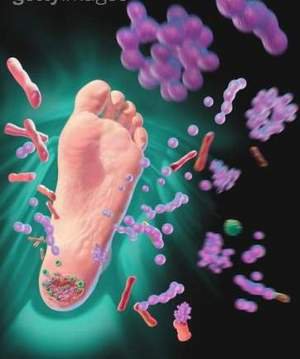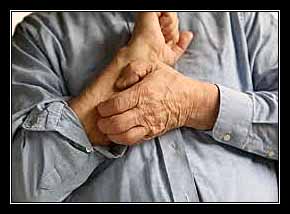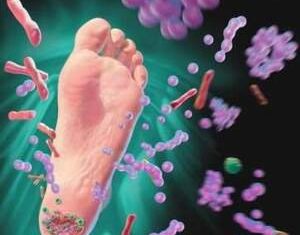28 March 2021
What is type 1 2 diabetes?
Nội dung
Type 1 diabetes and type 2 diabetes are two types of diabetes. Although they are both diabetes, the causes and treatments of these two diseases are different. This article will explain the difference in type 1 diabetes and type 2 diabetes.
1. Diabetes can be divided into 4 categories
Diabetes is a disease in which the ability to secrete the hormone insulin to lower blood sugar levels is impaired leading to persistent high blood sugar. Since diabetes is a disease that once onset cannot be returned to normal, it is important to review lifestyle and blood sugar control efforts. Diabetes is classified into four categories, each with different causes.
Type 1 diabetes
Type 1 diabetes is simply an autoimmune disease. This is a disease in which the beta cells of the pancreas, which make insulin, are destroyed due to the mistaken action of the lymphocytes.
This disease is not related to genetic factors and lifestyle habits, but it is thought that infection with the virus in advance will trigger the mistaken functioning of lymphocytes.

With type 1 diabetes, the pancreas cannot secrete insulin or can only secrete small amounts. Without insulin, glucose cannot be transported to the cell, the sugar spills into the bloodstream. Initially, this sugar was used as a source of energy, but if there is too much sugar in the blood vessels, this sugar will accumulate in the walls of the blood vessels and can cause dangerous complications of the heart and kidneys. , eyes, nerves, …
Type 2 diabetes
Type 2 diabetes is a disease mainly caused by a lifestyle disorder. This is caused by a diet high in calories, high in fat, inactivity and due to a decrease in insulin secretion or the ineffective effect of insulin that causes blood sugar to rise. In the early stages of the disease, there are often few symptoms of muscle function and also cases of persistent high blood sugar. When hyperglycemia occurs, the remaining glucose in the blood affects the pancreas, reducing insulin secretion and reducing the effectiveness of insulin to tissues such as the liver and muscles or inducing insulin resistance. As a result, blood vessels and nerves are damaged and lead to various complications occur. Before complications occur, it is important to control blood sugar and improve insulin inefficiencies.
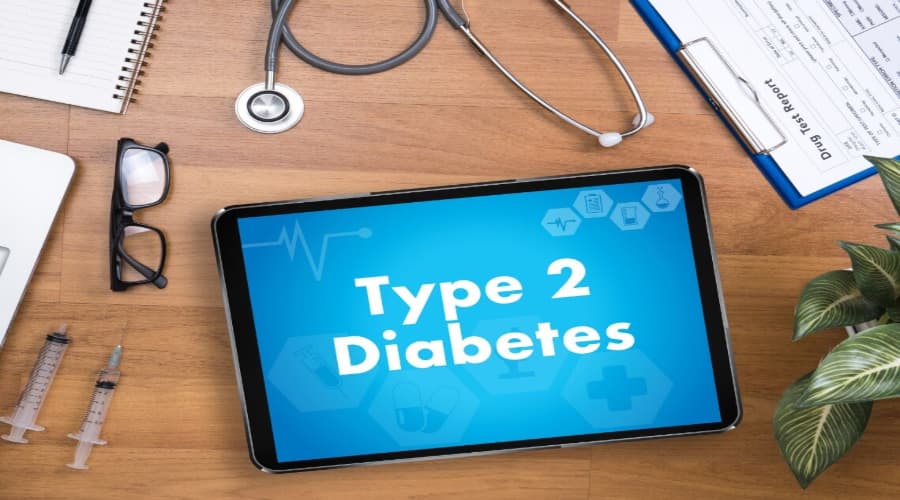
Tiểu đường thứ phát
It is not caused by an autoimmune disease like type 1 diabetes, nor is it caused by a lifestyle like type 2 diabetes, but rather a disease of a different nature. Secondary diabetes is diabetes caused by other diseases. Although there are many diseases that trigger the onset of secondary diabetes such as liver disease, pancreatic disease, Graves disease, Cushing’s syndrome, genetic disease, etc., secondary diabetes can also occur due to its effects. steroids used to treat. Type 1 and 2 diabetes can be treated with medications or lifestyle changes, but for secondary diabetes, the patient needs to be treated in parallel with the treatment of the primary condition causing the urinary tract. secondary pathways, so the treatment is very complicated. If the initial treatment is ineffective, there are also cases where the pancreas cannot secrete insulin, so this is a very scary disease.
Gestational diabetes
During pregnancy, a pregnant woman’s physical condition often changes a lot, and many different problems can occur. Among them, gestational diabetes is a disease of pregnant women requiring special attention. Gestational diabetes is a disease in which a woman’s glycemic index rises above the standard level due to a disorder of sugar metabolism that occurs during pregnancy. In Japan, 7-9% of pregnant women have gestational diabetes.
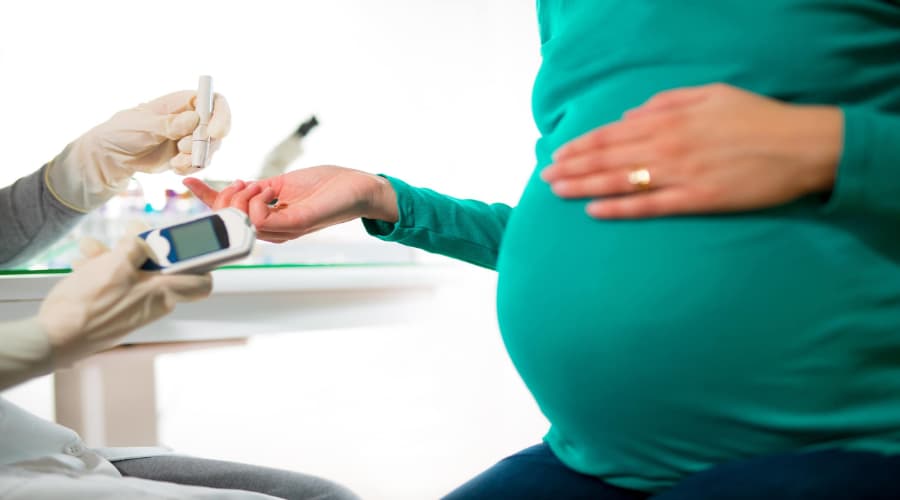
Also, when a woman becomes pregnant with diabetes is not known as gestational diabetes. Since other types of diabetes are often more severe than gestational diabetes, more precise blood sugar control is needed. Gestational diabetes is thought to be caused by factors such as a family history of illness, obesity, a history of overweight or birth defects, past preterm birth, and stillbirth without clear causes, high age pregnancy, pregnancy hypertension syndrome, amniotic fluid, …
3. What is the difference between Type 1 and Type 2 diabetes?
Many people confuse: “Type 1 2 diabetes is what?”, The difference between these two diseases like? Type 1 diabetes and type 2 diabetes have similarities in that they are both caused by high blood sugar, but differ in the cause of their onset, symptoms, and treatment.
Difference between type 1 and type 2 diabetes in the onset of cause
Type 1 diabetes is a disease caused by the destruction of the pancreatic islet beta cells. Pancreatic islets beta cells make insulin – a hormone that helps lower blood sugar levels. However, when the pancreatic islet beta cells are destroyed, insulin is not made, so blood sugar remains high.
Why are the pancreatic islet beta cells destroyed? The cause is still unknown. However, in recent studies it has been said that it is probably due to an autoimmune disease that the immune system, which plays a role in attacking bacteria and viruses, because genetic factors and infectious diseases destroy themselves. destroys the subject’s β-cells.
Type 1 diabetes is a disease that usually develops in children and adolescents. In addition, this disease is not related to lifestyle, so it is difficult to prevent.
The characteristic symptoms of type 1 diabetes are drinking a lot of water, polyuria, thirst, weight loss, …
Treatment for type 1 diabetes involves regular insulin injections to compensate for the amount of insulin that is not being secreted and to control blood sugar. Alternatively, it is possible to carry out treatment with diet and exercise.

Type 2 diabetes is a disease in which insulin is still secreted from pancreatic islet beta cells, but the secretion is insufficient or insulin is difficult to work effectively (insulin resistance). This disease is caused by lifestyle factors such as eating habits, lack of exercise, obesity, smoking and also genetic factors. In the past, type 2 diabetes was thought to be a disease that often started in the middle age and the elderly, but in recent years it has developed in children who are obese and have an unbalanced diet. equal.
Type 2 diabetes can progress silently without the patient noticing. Even if diabetes is diagnosed on a check-up, it is possible that the disease has progressed in the past. Symptoms of type 2 diabetes are thirst, excessive drinking, polyuria, feeling heavy, eating a lot but still losing weight, numb arms and legs, blurred vision, easy anger when hungry, genital itching.

Treatment for type 2 diabetes is to conduct treatment with a balanced diet with appropriate amounts and appropriate exercise regimen in everyday life. In cases where the above two measures are used but cannot maintain control of blood glucose, drug therapy may be administered. By performing a combination of all three of these treatments it is possible to prevent complications and delay the progression of disease symptoms.
(Excerpt from: Japan Health and Information Research Institute)
Danh mục
Tin nổi bật
20 April 2021
07 April 2021


